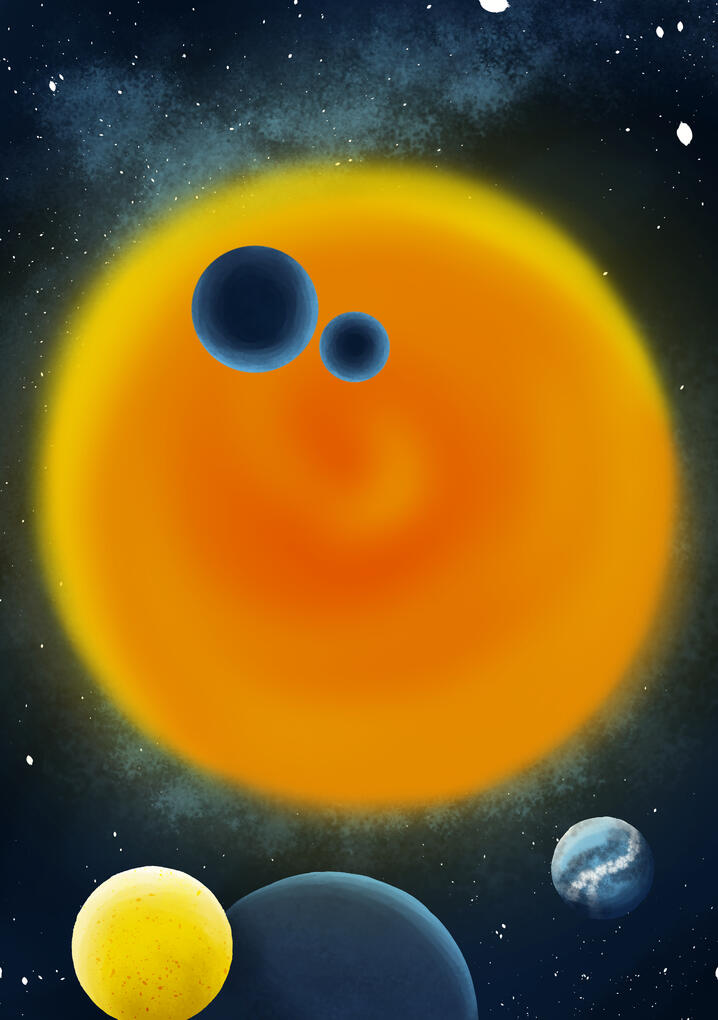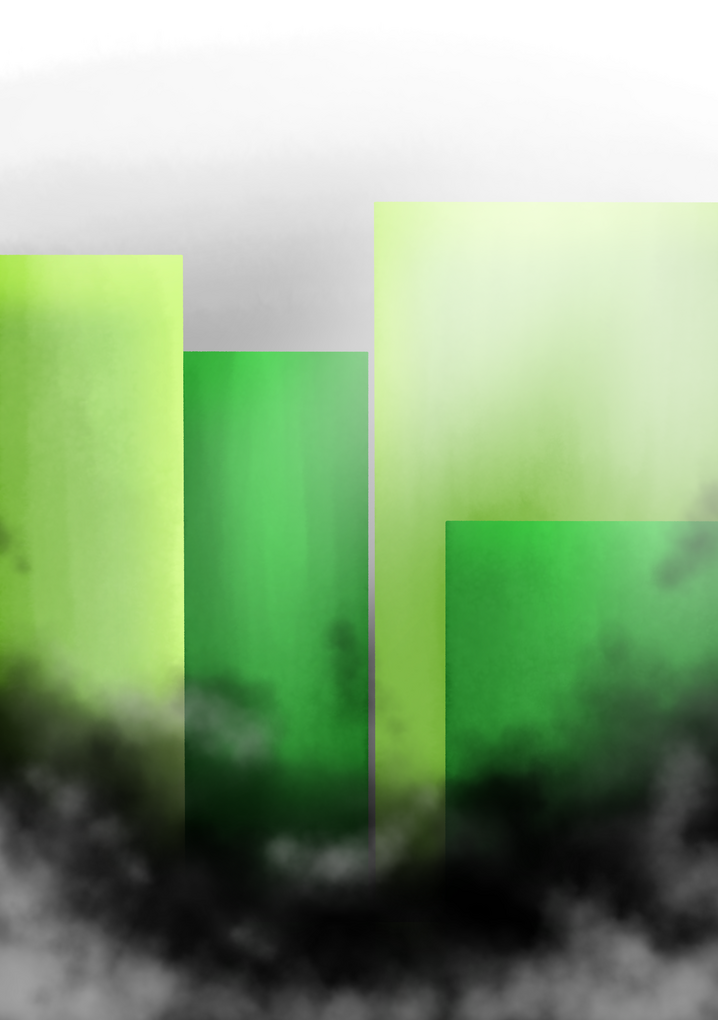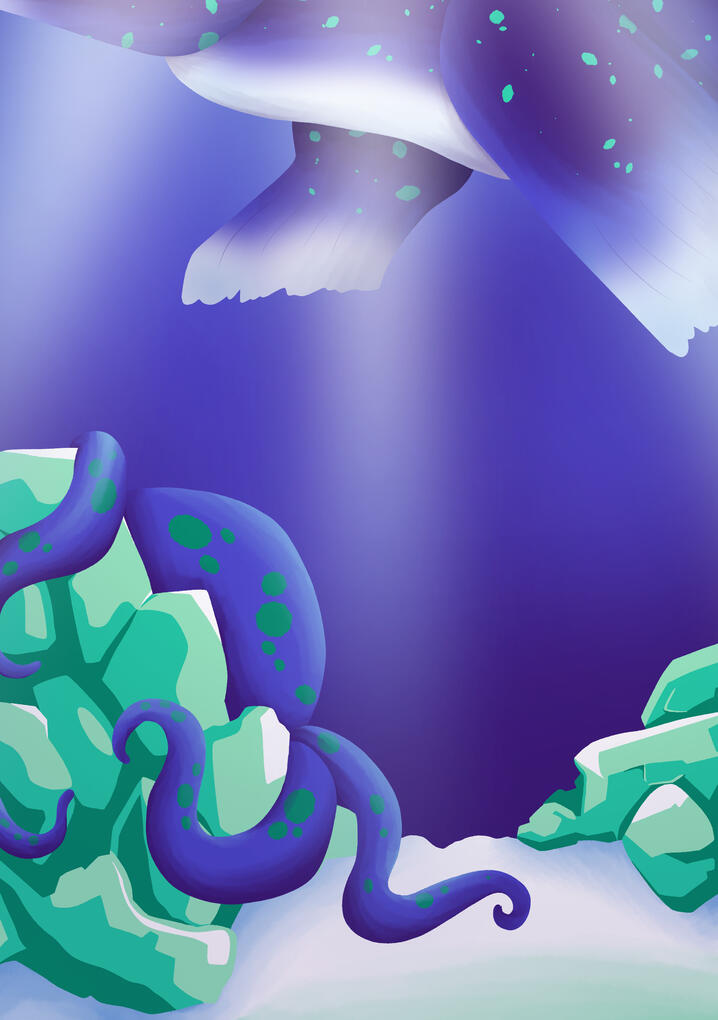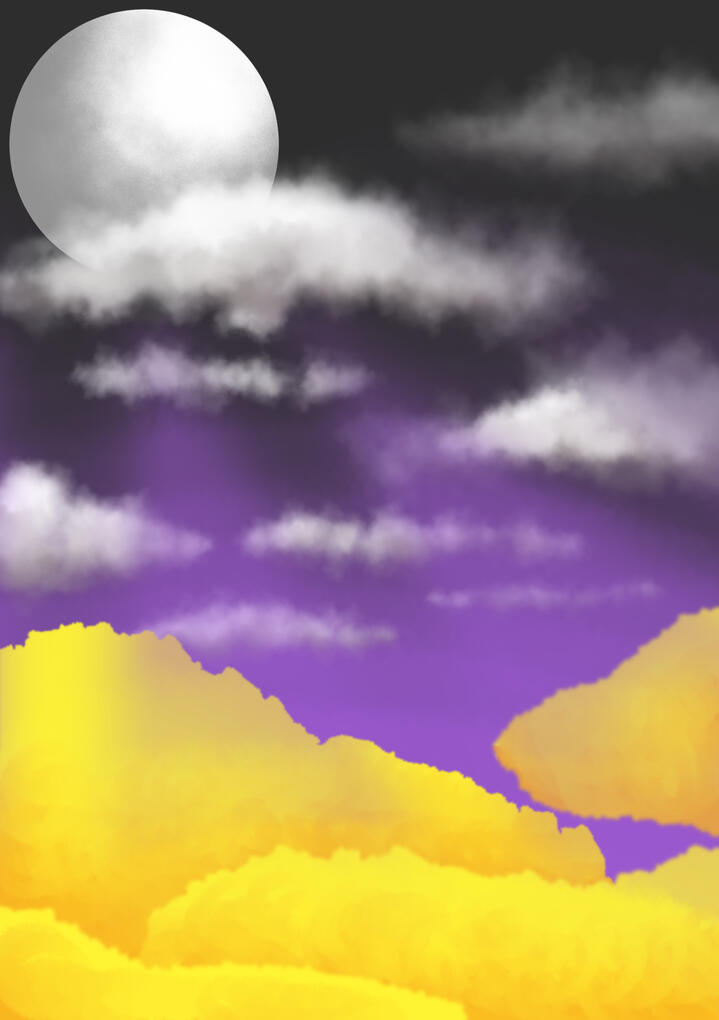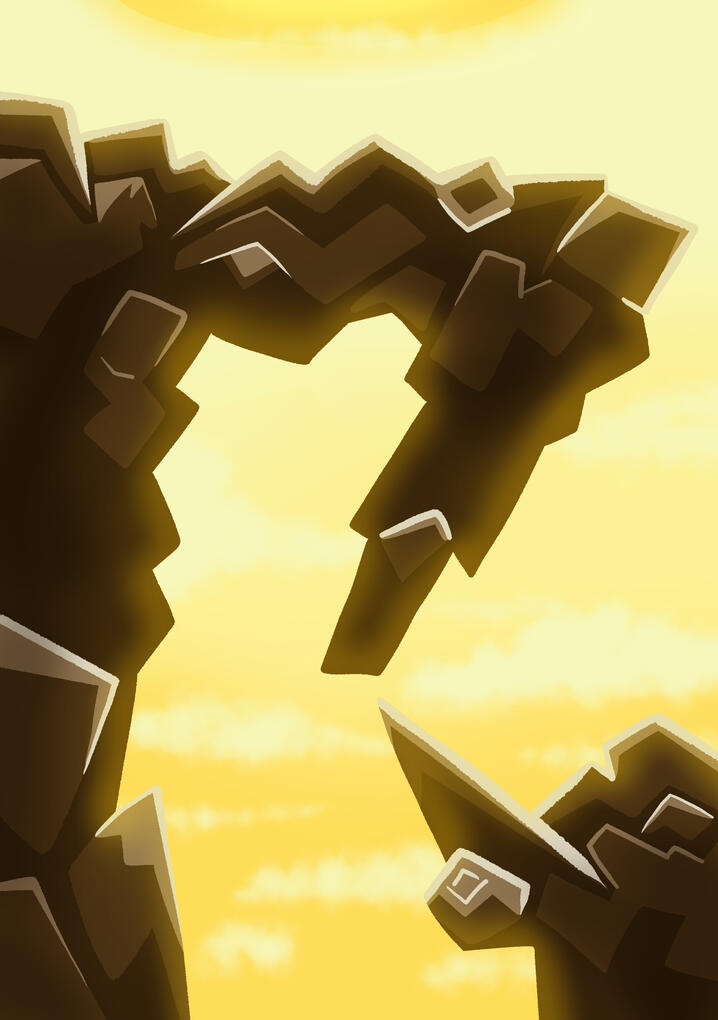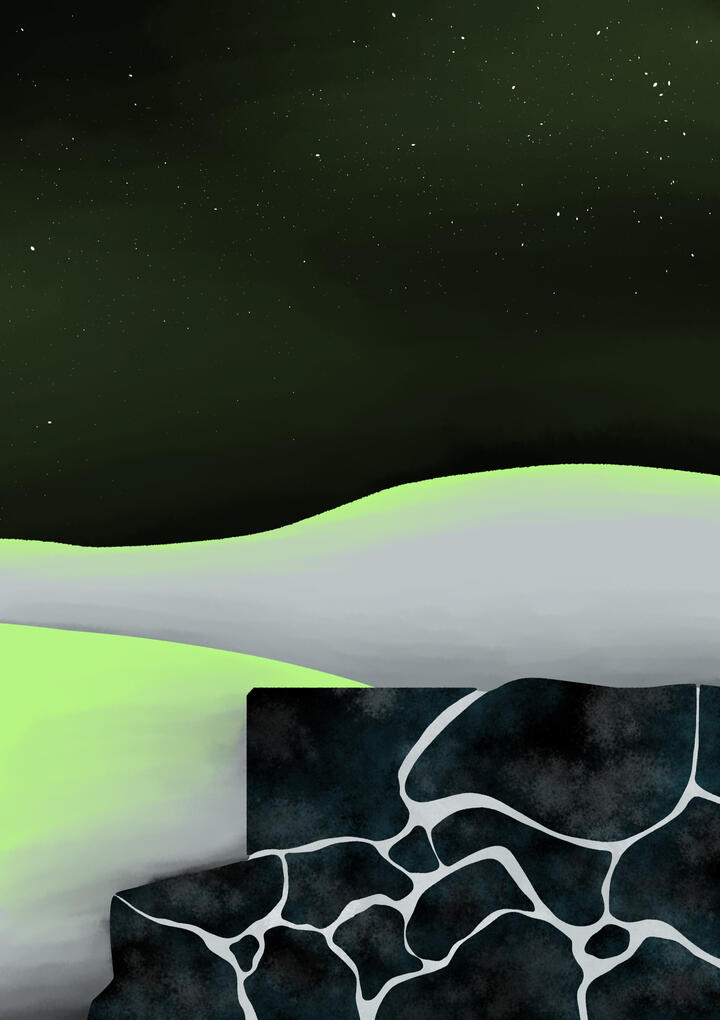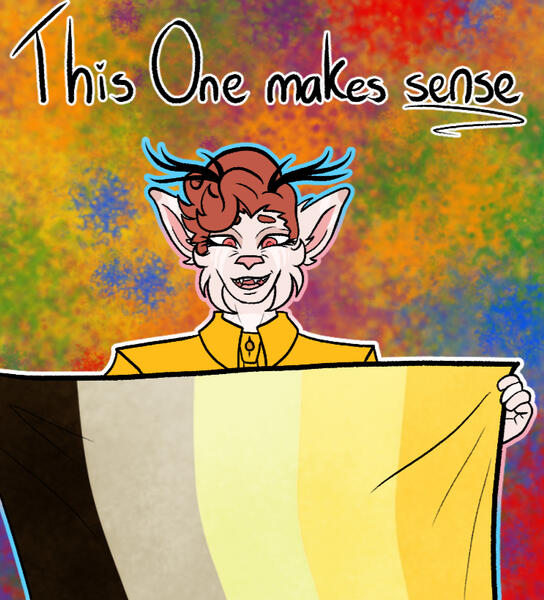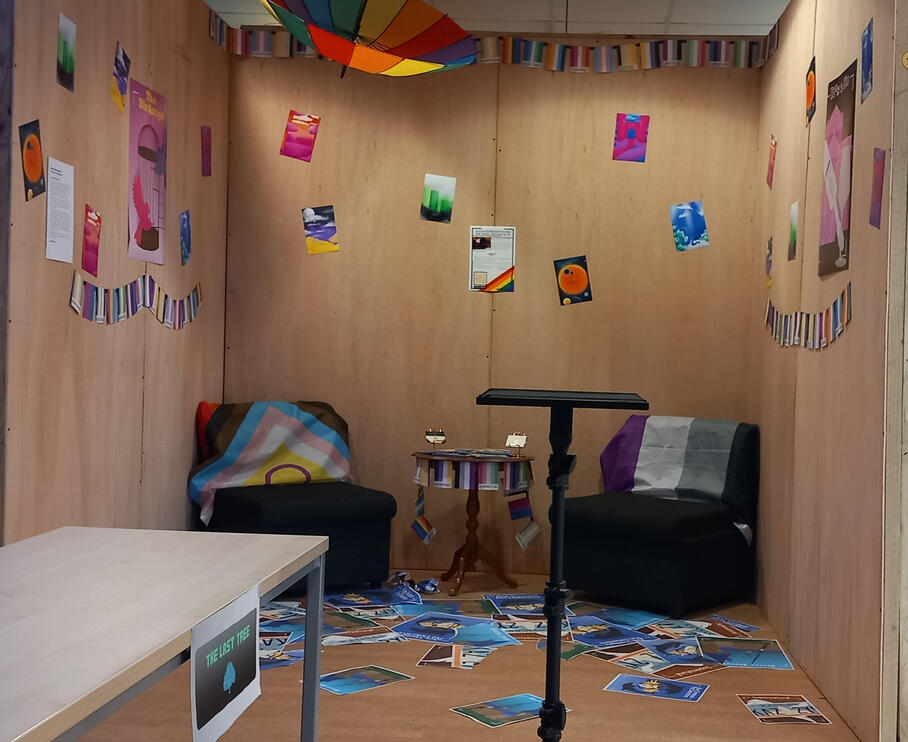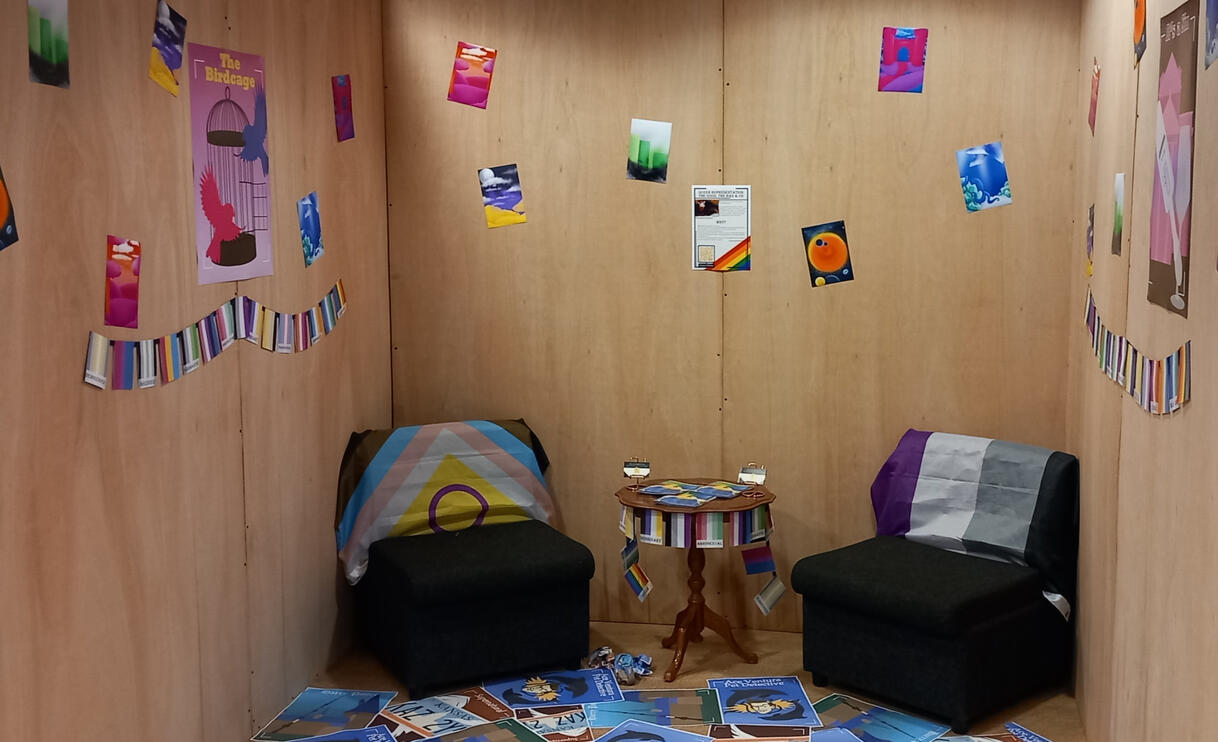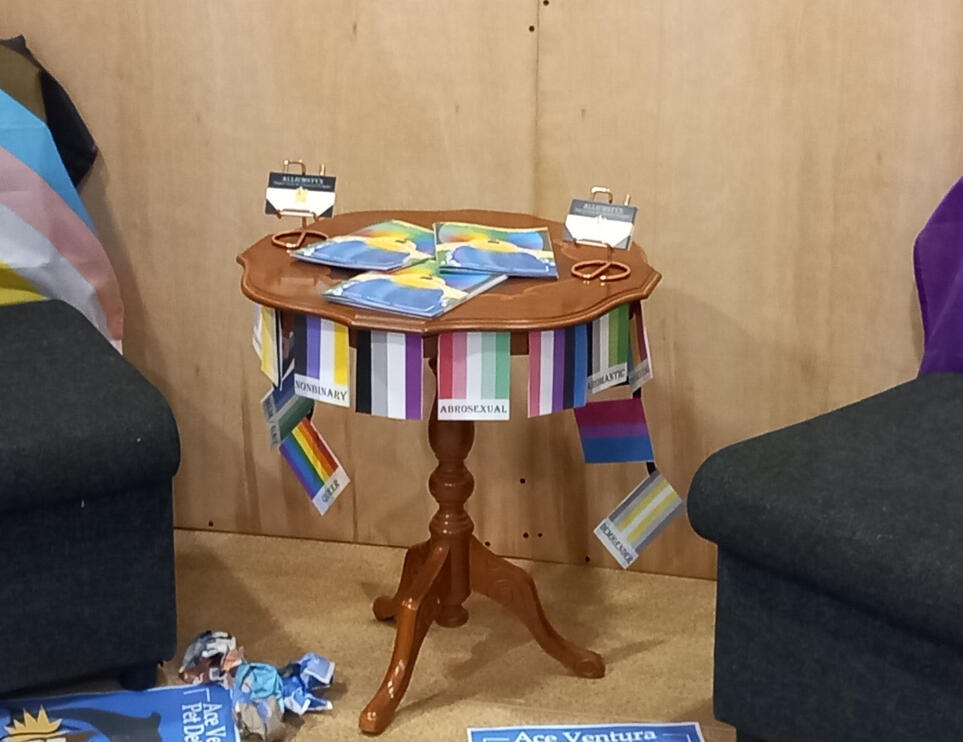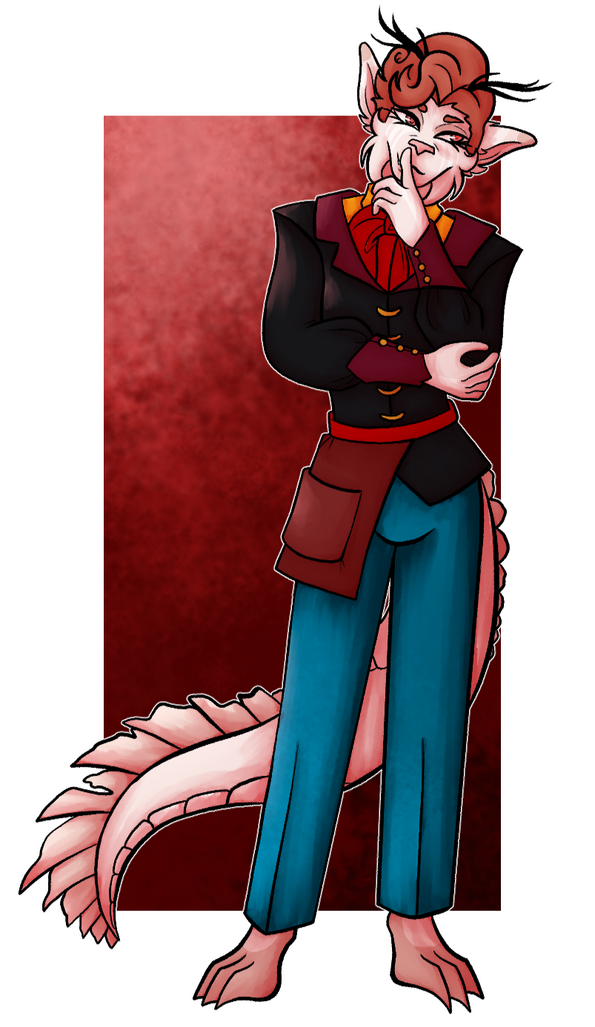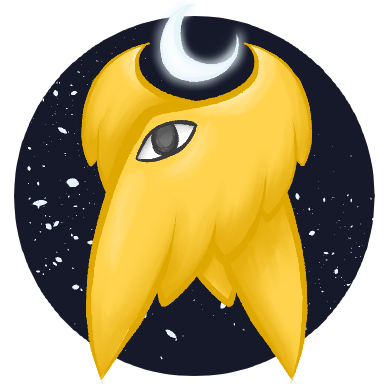Queer Representation:
The Good, The Bad & Us
AlliumStyx

This is the companion website to AlliumStyx's major project for their final year at University on the BA (Hons) Digital Arts course at Peterborough.This website currently is aimed to further the experience and knowledge provided by the Zine and in person Exhibition.
After this has taken place, the website will be updated to work as a stand alone project summarising the exhibition itself as well as being further worked on and updated.
Disclaimer
Queer Representation; the Good, the Bad & the Us – by Me.
While I may have surveyed the opinions of other queer and non-queer people alike in regards to this topic; about the state of current Queer Representation and what we want to see in the future. This project has still been assembled and crafted by a singular person, and I cannot speak for everyone.
It would be near impossible to survey the entirety of the Queer community and then to come up with a set of cohesive answers, representation can be very opinion based, and it’s not my place to compare and state that because something someone connected with is seen as bad by others, then they are in the wrong. No two queer people will quite see their identity in the same way, and thus will not want to be represented in exactly the same way. Due to the safe use of Data for this project, I could also only survey certain people, and Representation, especially what is wanted from it, can change vastly depending on the country of origin.
Within this project, it will be going into my artistic expression of being a queer artist, especially now within the digital age. My hope for this project is it informs and shows both my own and others queer identities through my own artistic interpretations. However, do not consider this project as the one way to see it, I can hope to speak for as many people as possible, but I do not want to assume to do so.
After all, art is an expression of the artist, and what artist would I be if my own experience and wants did not affect my own work.
Pride Paintings
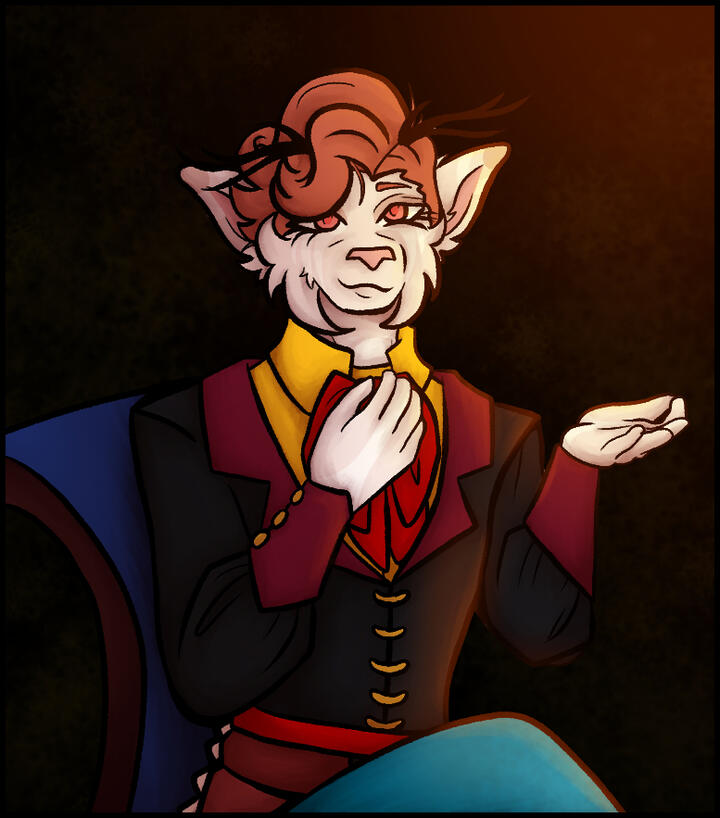
Creating a painting based off of a specific pride flag is not something new, and definitely not a concept I claim to have created.
What has always fascinated me about them is how each individual artist visualises the flag, what imagery they chose and how they utilise the striking colours the flags provide them, a bright palette that may not always be the easiest to work with.Which is why I have chosen to create my own take on the concept.
Starting with 6 for the first zine and exhibition, a project I would like to continue and offer for purchase down the line.
The Digital Age & Queerness
Queer people have always existed.
Now however, as the digital age is flourishing and used frequently in everyone’s daily life, it is easier than ever for people to share their own opinions, feelings and the ways they use to identify themselves with others. Just 40 years ago, there were less than half the terms used to describe an individual’s queerness then there are today, it was something hidden, that you had to search for not so openly shared in the public eye.
The digital age has greatly sped up this process, communities now able to come together easier bonding over the fact a term doesn’t quite feel right for them, so they can just make up another one. This adds the ability to easily find people who feel the same way, to discuss who you truly are and it has allowed so many more queer people to realise that this is what they are. It’s allowed so many more people to realise that they’re not broken, it may not be the same way as they’ve seen in the physical world around them, but they’re not wrong, just different and they have a community behind them.
The use of a screen also allows people to further express their own self experimentation.
Where a questioning person may be unable to trial things or ask questions about themselves in person, the screen gives them a safe space, where they can find others to ask and try. This allows them to express themselves around people they know won’t judge or question them about it.
Many consider it far easier to come out to their friends online before those in person, this distance the screen provides giving them that safety net to go for it even if they’re worried. Allowing them to become the perfectly curated version of yourself you want to be, allows you to try presenting another way, see if it works for you, and there’s no pressure behind it if it turns out not to be the right thing for you.
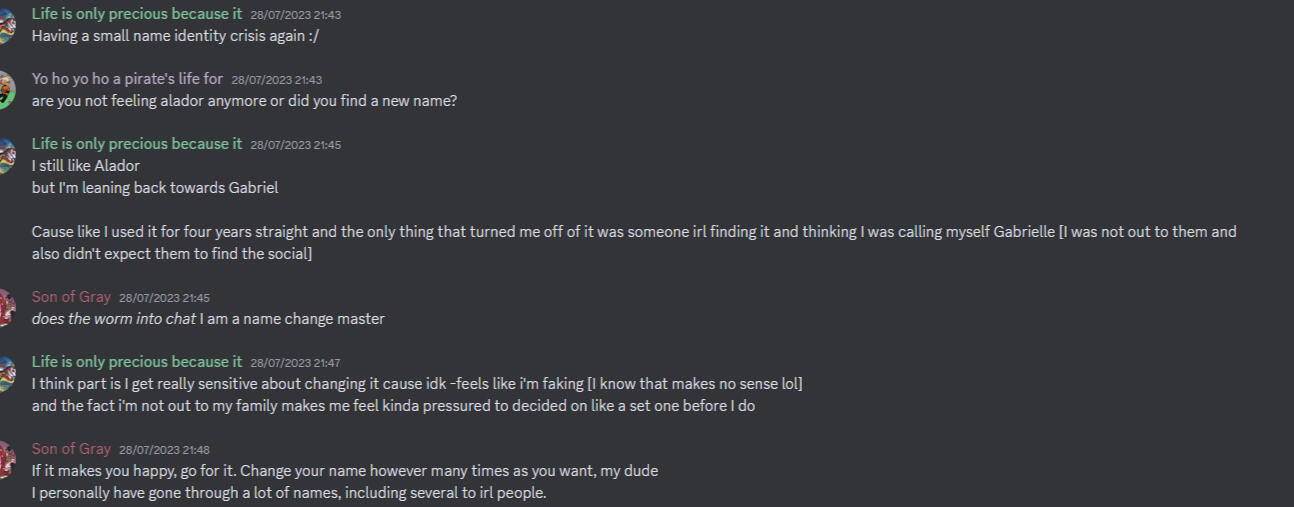
Further aiding its queer population, many social medias are making it easier to explain how you identify, adding in optional pronoun sections, where it’s far easier to change and trial, no pressure or massive message needed if something is added or removed. A way to tell everyone who views your page at once rather then going around and trying to contact individual people which could take days with more hiccups, rather then being able to let everyone you want to know in seconds.
Art & Queerness
Art and Queerness are fundamentally joined. Queer people have always displayed themselves through their art. Be it subtly or outright shouting their pride in who they are across all the creative mediums.David Hockney, Andy Warhol, Frida Kahlo, Keith Haring and Rosa Bonheurall famous artists and all queer.Virgina Woolf, Alice Oseman, Aiden Thomas and Oscar Wild all famous queer writers.Lilly and Lana Wachowski, Russel T. Davies and Jeremy O. Harris are all famous queer creatives for the screen.I myself find myself drawn to making art and characters inspired by my own queer identity, and many of my artist friends find themselves doing likewise. I share my queer art because I enjoy making it, and the idea that someone else may see it and identify with it is nothing more than a bonus to me. Many of the artist friends I now surround myself with did likewise, and that is how we first formed our bonds, formed our community.
Art is a form of self-expression and it always has been, every nuance of it can be used to tell a little more about the original creator. Digital artists create in many more ways than they used to be able to, long form digitally made comics such as the works of queer author Alice Osman the ability to just use a camera and talk, discuss your own path as a queer person and how they found themselves such as the video essays of Lily Simpson; using her own trans experience to talk on shows representation, intended or not, good and bad.
Such as the digital age spreading the queer community wide and far, reminding people that no matter what they're never truly alone, it has allowed artists in new and old mediums to spread their self-expression and share their true selves.
The Digital Age & 'Sonas'
Sonas, or personas as it’s short for, are a form of character or thing someone uses to represent themselves. It is not inherently queer, but it is the way most queer people lean into expressing themselves, as well as learning about themselves. It has been something creatives have always used, like an author’s pen names, but the digital age has allowed people to be identified purely through their digital sona. A character crafted to represent their brand or person instead of themselves.
These are crafted ‘beings’ made to represent in many ways, some look like their creator, others just host their personality or sometimes simply embody the type of energy the creator wants and connects deeply with. I myself, as a creative, am only known online through my artist name and my many sonas through the years - that is how I find comfort in my own representation, allowing me to be more open and honest with others and myself then I feel capable of in person.
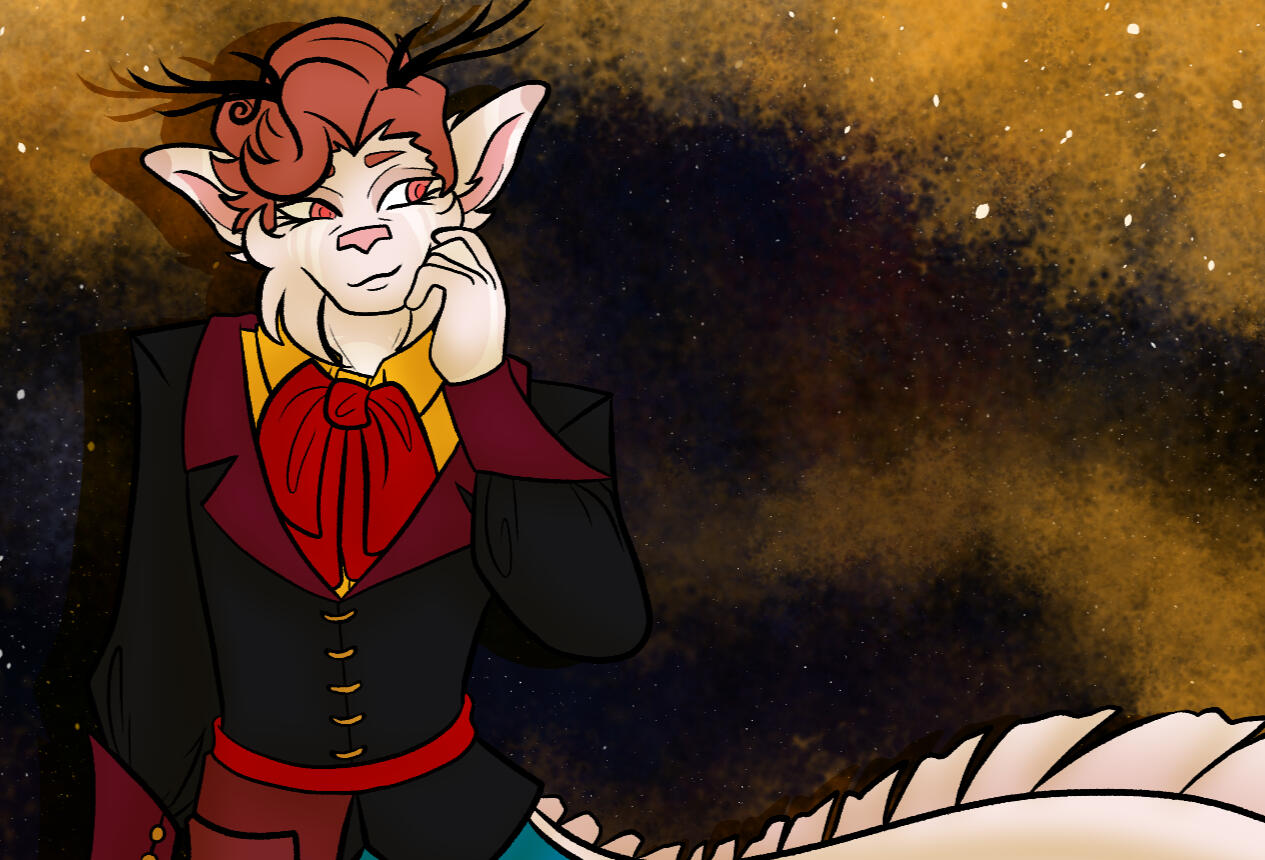
My Main Sona, Toybox [It / He / They] Homoromantic
But I can hear you thinking, what does this have to do with queerness and representation?Well, with sonas they are the embodiment of what the creative wants in a sense, for how they should be recognised, and it's the way many have discovered their own identities. Often realising they identify more with a specific set of traits or identities and that is what they lean into every time they make a character to represent them. It's quite a telling way to realise what the subconscious is telling someone, especially if they begin to realise all the characters they’ve upgraded to sona status have certain repeating traits in common.Someone who thought themself as a woman, finding that they're struggling to connect with any of their female characters, even the ones they design to be them, until they realise one day that's because it's the male ones, they see themselves in. It leads to research, maybe not knowing what being trans is before now or never having seen Female to Male trans rep [another reason why representation across all medias and forms is key] and not really understanding that it is possible to exist. He soon realises that they're not actually woman and that he's a man, his characters reflect that and online through his sonas he can be who he wants.

Ambrosia [It / Moss] Another of my Sonas
It's easier to realise and make this change online, to work out who you are through art and share that with those you care about. For many creatives it is easier to spell it out through their work then verbally state it to someone.
This is another reason many people have more then one sona, in my case it’s because mine have slight tweaks, I love to give them their own stories as well as representing myself, and fit them with other media that I care about.
Positive Representation
Positive queer rep has always been around in shows and films, though it is important to take into consideration when this media was first made, something that could seem like a subtle but polite nod could have been something life-changing for the queer community just a couple of decades ago. Though, this is also often buried by the more well-known and wide-spread negative ones. This is why it is key to discuss why the representation is good but also when it’s from. If I’m honest, there’s stuff I’ve seen that at the time I thought was wonderful but coming back to it, with how representation has developed to be deeper and better represent people, I wonder how I ever thought it was good.
This doesn’t stop those first feelings however, and that’s something that shouldn’t be ignored, just because there is better representation now, does not mean that the older stuff stops having it’s meaning and hasn’t done it’s job.
The Birdcage
1995
15
The Birdcage centres around an openly gay couple, one of whom is a drag queen, who run a Drag Club with their flamboyantly gay housekeeper and their entire queer community. A basic plot overview shares that their son, Val, needs his father to meet his fiancée’s
ultra-conservative Republican parents, so needs to hide who he is.
While this makes it sound like Val does not love his parents as they are, this is not true and while this is a comedy and there are jokes at everyone’s expense, the fact the characters are queer is not one. Truly the film is about acceptance and love and that families no matter how they’re made can be a little embarrassing.
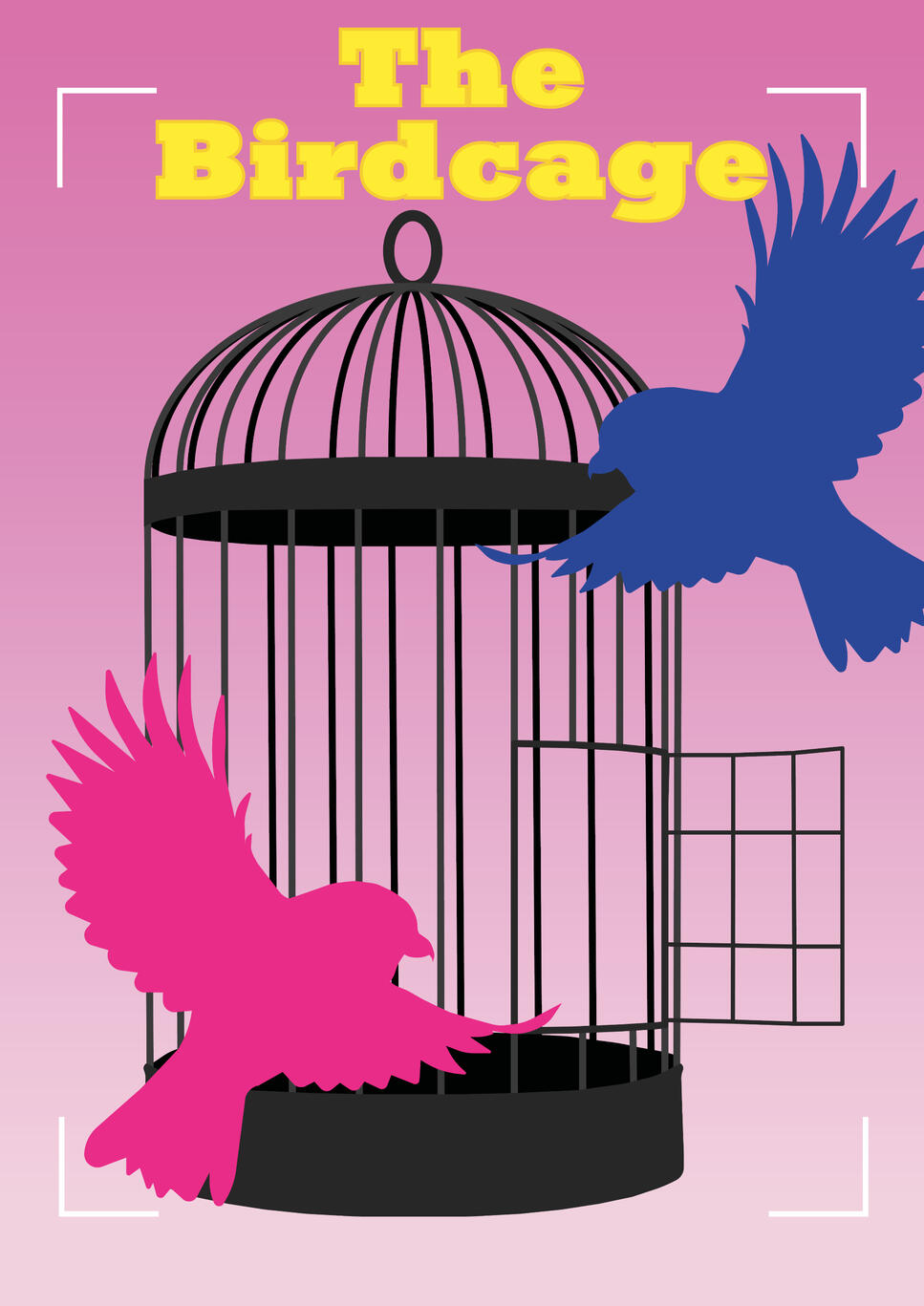

It's a Sin
2021
15
It's a Sin is a five-episode series which follows a group of close queer friends go about their lives as young adults enjoying themselves as the aids epidemic begins to unfold. Where it turns into a heart-breaking story following the characters as those, they know are infected and die and soon their group itself is broken apart by the disease.
It is an emotional story but follows true to what happened to those who did live through this time, a sweet loving memory to those lost and a way to inform the newer generation what it was like.
The reason I have chosen both this film and show as good representation is they are both media I personally enjoy as well, but it is also because they represent two good ends of the spectrum. With a 25-year break between The Birdcage being filmed and then It’s a Sin coming out, but both focus on similar periods of time. With It’s a Sin being set back in between 1981 and 1991 and the Birdcage presumably being set around the same time it was produced, if not a bit earlier as it was based off of a 1970’s French film.
With The Birdcage following the happier, more idealistic views on queer people at the time, a large bustling community but then It’s a Sin starts like that, but then everything begins to unravel with the AIDs Epidemic and what that meant for the queer male community especially.
Birdcage is a fun idealistic film you watch to feel better, where It’s a Sin is a sucker punch of emotions that draws you into the characters and breaks your heart alongside theirs.
Negative Representation
As with every type of representation, negative queer rep has always existed and unfortunately still does. It began following the general populations views, and with queer people originally being seen as negative, that is how they were represented. This then transitioned into negative humour, queer people appearing but only ever as the butt of a joke, something for the audience to jeer at.
Still queer people get viewed like this in many media, due to general country and religious views on the topic, in some ways it’s simply gotten worse, no longer trying to hide the representation behind it being funny and just drawing it as something negative.
Much like the positive rep however, this is a sliding scale and sometimes it’s not as bad as others, it can simply be misinformed rather then malicious. Negative representation seems less common in the rise of the Digital Era, or at least in the mainstream as people argue back against it.
Harry Potter
2007 Announcement
When you say queer rep and Harry potter all there is, is the retroactive claiming of Dumbledore being gay after the series was finished. This is not representation, not when no one knows it was meant to be. What makes this worse is it is not even something that was used in the prequel films that came out after the fact despite him being in it.
In no way is this representation, it’s just retroactive claiming with no evidence. A call for fans to come to the series, hoping for them to see something that isn’t actually there.


Supernatural
2005-2020
A long running show, it was well known both in its fan group and outside of it due to how popular it was, the main ship between Castiel and Dean became incredibly popular, especially due to how believable it seemed following what was shown in the show. Many fans believed it was trying to queer bait the community as they didn’t develop it, that is until season 15. Where Castiel did confess his actual romantic feelings for Dean before being sent to ‘Super Hell’, somehow making the ‘Bury your gays’ trope even worse and making a queer confirmation unwanted in a way.
Ace Ventura
1994
Within the queer community, Ace Ventura has stood out as an infamously bad moment for the trans community. This is not meant to be a trans character, rather a villain going undercover as a woman to enact her revenge, but it doesn’t stop it from being read as a negative stereotype against transwomen, especially considering the fact it references a lot of transphobic comments that are actually made. The main character’s reaction of realising the main character kissed a man, instead of the ‘woman’ he thought she was, and it’s a classical transphobic reference, where he has to purge his body to try and feel ‘normal’ again.
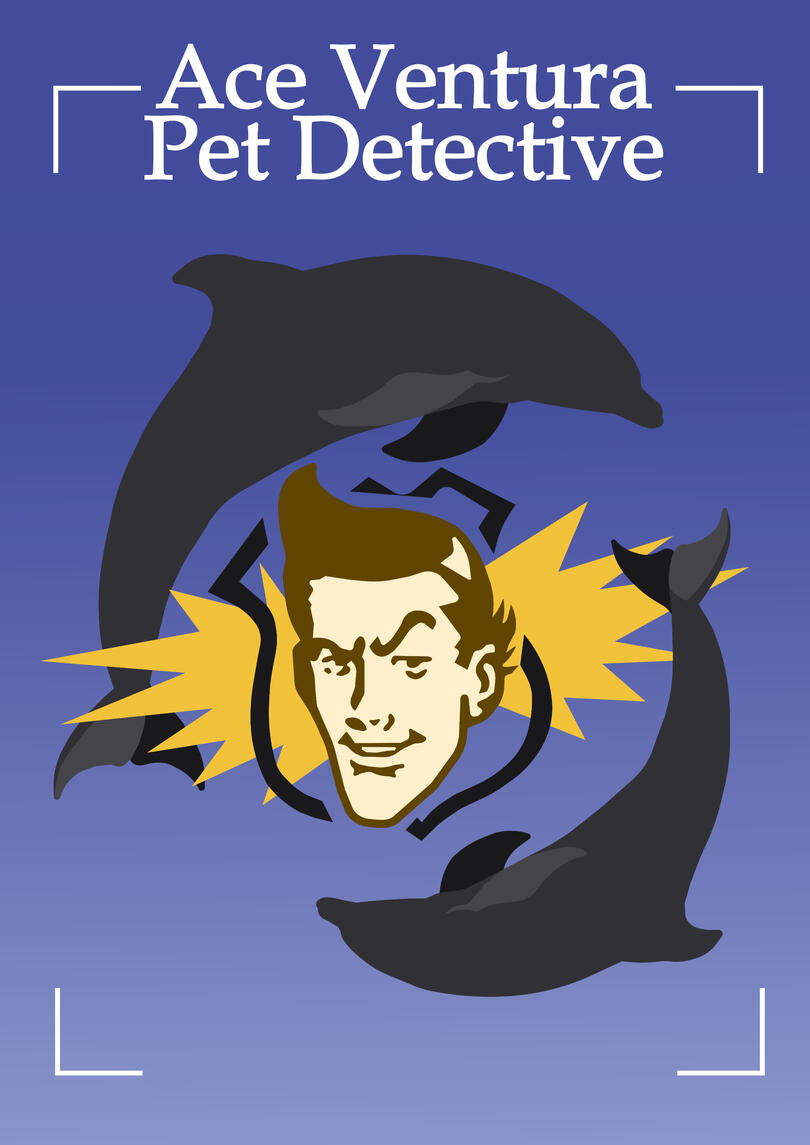
The Exhibition
The dates have been and gone, the Exhibition has been packed away but here it is immortalised.
One part I was very excited about and helped engaged viewers was the flooring. These are the Negative Posters explained in the zine, and it's always felt in important to me that this negative representation needs to be acknowledged otherwise the same mistakes will just keep happening again and again.
Walking on them encourages people to consider the impact they may have had and step on them as a step up towards better representation, which is why the positive representation posters appear large and on the walls. It was my goal for these to get more and more ruined as the exhibition was held, and considering the amount of footfall we had, I'm very happy with how they turned out.
I received a lot of positive feedback, including my ability to engage a warmer more welcoming feel to the cube, my favourite bit of feedback in regards to this is that it reminded them of a warm Podcast studio. This also captured the feeling of wanting to engage between myself and the viewers, it encouraged more people to actually discuss with me and be more open about their own feelings and thoughts.
The flags on the chairs helped to just tie all of this together, welcoming people to come in across the posters on the floor and sit, look through the zine and engage with me.
The Flags that make us
The idea behind this part of the project, is that it's a way for the artist to further represent themselves within their work.
Producing a painting in their style with their characters or design characteristics using only the colour palette of a flag or flags that either represent themselves or the character [or quite possibly even both].
Right now, this is still a solo project, so this page only contains my own artwork.
A further push I have done to make this more interesting is to create the whole image with my screen set to greyscale and the flag colours pulled out into a palette, I then mixed the colours together to make the closest colour match to my character as possible, having no idea what the final image would look like until I had finished it and turned the setting back off. This meant Colours were combined in a way I hadn't considered, leaving a rather surreal feeling to the art.
About the Creator - AlliumStyx
I am a queer digital artist.I describe myself as this as it’s important to me, who I am and the work that I create and share with the world. I am an artist, something that to me, has always felt like what I am and I am queer; something that I’ve known for around half my life now.
My characters, my designs, my art are all fundamentally routed in my own queer identity. I share these and expand into other identities for others, those who are also craving to see characters like themselves just existing and happening to have that identity, and push them to make their own characters that make them feel the same way. I also want to show others it’s fine that yourself, your preference is not to connect your face or name to your brand, my sonas are more authentically me then anything else I can think of. My name and face are never something I’ve considered wanting in my branding, it just doesn’t feel like who I am and that’s alright because I have these other methods that work for me.
